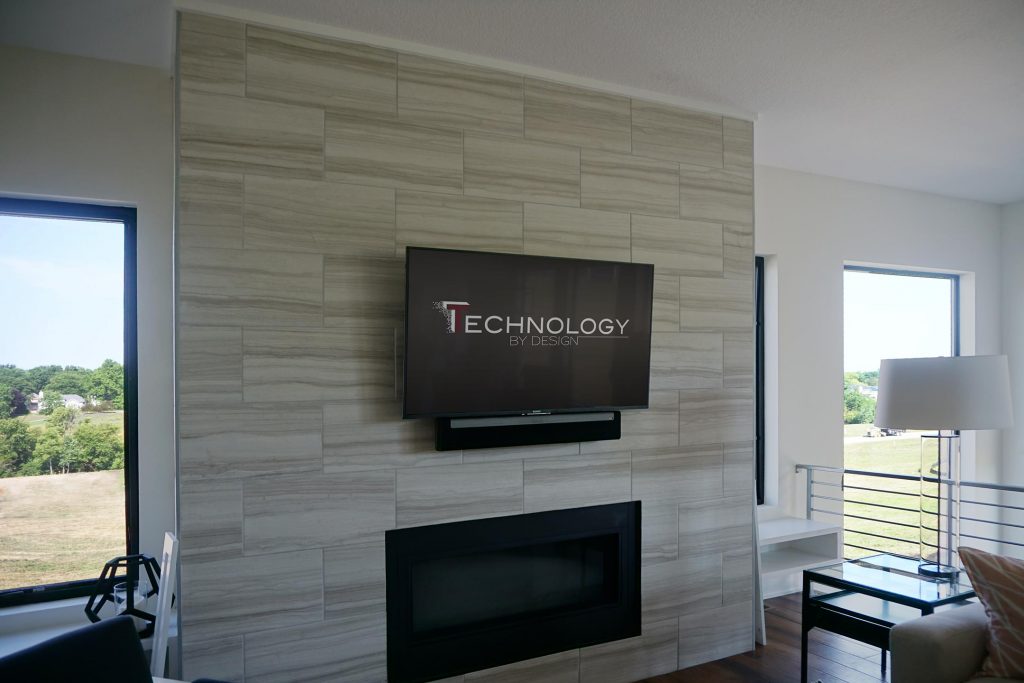Optimal Strategies for Positioning Speakers to Maximize Audio Quality and Attendee Engagement in Large Locations
Optimal Strategies for Positioning Speakers to Maximize Audio Quality and Attendee Engagement in Large Locations
Blog Article
Positioning speakers in spacious venues is crucial for guaranteeing superior audio quality and engaging the audience effectively. The arrangement of speakers can significantly influence how audio propagates throughout the area. When organizing an event, it is essential to consider the location's dimensions, shape, and acoustics. Each of these elements plays a crucial role in how sound is dispersed and perceived by the spectators. By understanding these factors, occasion organizers can create an ideal configuration that enhances the overall encounter for all involved.
One key aspect to take into account is the type of loudspeakers being used. Various loudspeakers have distinct characteristics that impact sound quality. For example, array array loudspeakers are often preferred in spacious locations because they can project audio over long ranges while preserving clarity. These loudspeakers are designed to function in unison, allowing sound to arrive at every area of the room uniformly. Additionally, subwoofers can be strategically positioned to boost low-frequency response, making the audio experience more engaging. Choosing the appropriate combination of loudspeakers is crucial for achieving the optimal audio quality.
Another important aspect is the arrangement of the loudspeakers. The placement should be determined on the audience's configuration and the location's acoustics. For instance, loudspeakers should be positioned at an appropriate elevation and angle to ensure that audio waves hit the audience without deformation. It is also important to avoid positioning speakers too near to walls or corners, as this can cause undesired echoes and diminish audio clarity. A well-thought-out setup can help minimize sound problems and create a more pleasurable auditory experience.
In furthermore to loudspeaker placement, sound testing is a crucial process in the procedure. Before the event begins, conducting audio tests allows planners to identify any potential problems and implement required modifications. This testing should include monitoring for feedback, adjusting volume intensities, and confirming that all loudspeakers are functioning correctly. By taking the time to test the sound system, occasion planners can confirm that the sound quality meets the spectators' requirements and improves their engagement with the occasion.
Ultimately, audience engagement can be additionally enhanced by taking into account the overall design of the venue. Factors such as seating, lighting, and stage design can all impact how the audience interacts with the loudspeakers. For example, a well-lit stage can capture focus to the speaker, while comfortable chairs can maintain the spectators attentive and engaged. By creating an welcoming environment, organizers can foster a bond between the speakers read this article and the audience, resulting to a more unforgettable and impactful occasion. In summary, careful preparation and thought of audio clarity and audience engagement are crucial for effective occasions in large locations.